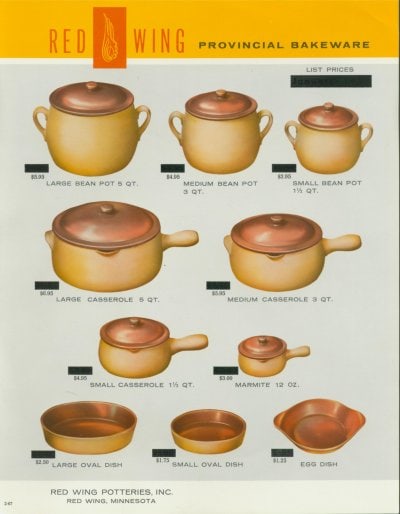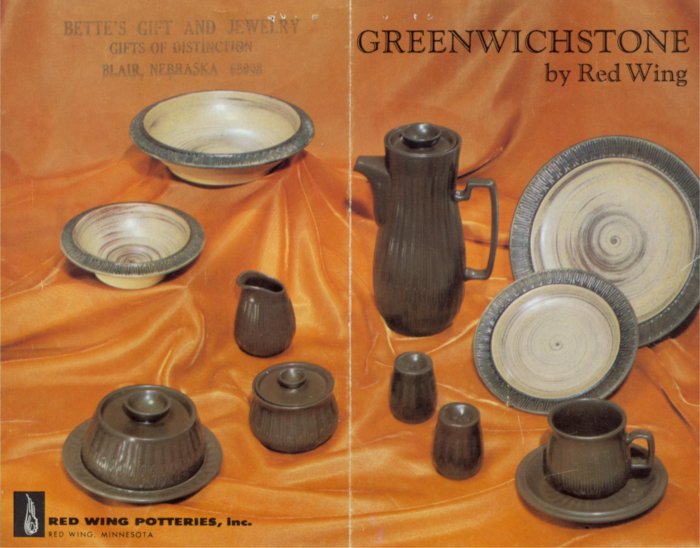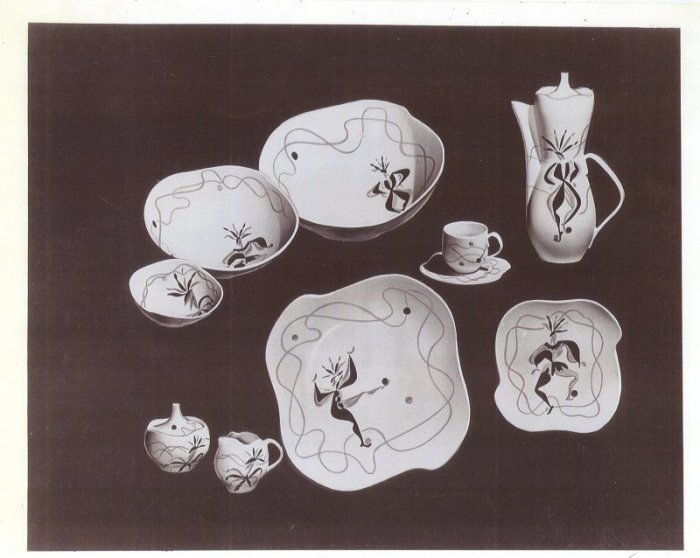So you’ve got some dishes you’d like to sell? Here are the main methods you can use to get rid of your treasures.
WHERE TO SELL:

- Take the items down to your local antique store and ask the dealer to take them off your hands. The benefit is this is quick and easy. In one shot you’ve unloaded the whole lot. The downside is the dealer isn’t going to give you much for them, maybe 40% of market value at best and usually a lot less. Why is this? Simple economics: the dealer has to make a profit. There’s rent, insurance, and utility bills that need to be paid, just to name a few of the expenses. If they paid at or near market rates for the dishes they’d have a hard time selling them and wouldn’t make enough profit to stay in business, let alone make a living.
- Sell them on ebay. The upside to this is you’re reaching a very large audience. The downside is it costs a little bit for each posting you make and you have to know at least a little bit about making a web page in order to get it up there.
PRICING:
How to value your pieces? The best method is to check out completed ebay auctions to see how much they sold for. This is where you’ll get the most up-to-date information on your pattern.
 Also check out Ray Reiss’ dinnerware book. He came out with an updated price guide in 2003. Ordering information can be found on the references page. Just keep in mind that this just a guide. Thumbing through the pages some of the prices look high and others low. It’s all subjective and open to interpretation. Also the economy has been soft these past few years, which has affected the price of dinnerware.
Also check out Ray Reiss’ dinnerware book. He came out with an updated price guide in 2003. Ordering information can be found on the references page. Just keep in mind that this just a guide. Thumbing through the pages some of the prices look high and others low. It’s all subjective and open to interpretation. Also the economy has been soft these past few years, which has affected the price of dinnerware.
Once you’ve figured out what pattern you have and the value, the biggest factor will be condition. If you get a quote from Ray’s book or elsewhere that price assumes the item is in mint condition. If it has crazing, chips, or cracks the value will be reduced. Here are some rules of thumb to go by:
- Crazing: Crazing is little cracks in the glaze (not in the clay itself) and is pretty common in Red Wing dinnerware. Subtract from 10% – 50% of the value, depending on how extensive the crazing is.
- Chips: Also pretty common — Red Wing wasn’t exactly known for its high-end dinnerware. Subtract 50% – 90%, depending on where, how large, and how many chips there are.
- Cracks: Might as well throw the piece away unless the cracks are very small. Even then it’s not going to be worth much at all.
- Glaze flaws: Very few Red Wing pieces have zero glaze flaws in them. I met a lady whose father used to work at the factory and he said the company had exactly two quality control guys for the entire plant. One usually slept his days away and the other liked to visit his many girlfriends on the production floor. Quality control was not a high priority. Minor glaze flaws on the bottom on a dish won’t affect the value at all. Major ones on top will affect it quite a bit.
 These are all just rules of thumb, which means there are exceptions. A rare serving piece is going to retain more of its value than a common plate, even if both pieces have chips. A damaged piece that’s tough to find would be a thrill for a collector that’s been looking for years for that item. Shoot, a Buds plate would be worth hundreds of dollars even if it’s broken in half.
These are all just rules of thumb, which means there are exceptions. A rare serving piece is going to retain more of its value than a common plate, even if both pieces have chips. A damaged piece that’s tough to find would be a thrill for a collector that’s been looking for years for that item. Shoot, a Buds plate would be worth hundreds of dollars even if it’s broken in half.
When you do get ready to sell make sure you check all the pieces carefully and fully disclose any flaws. Nothing will kill a deal (and your reputation) faster than poorly or improperly documented dishes, so inspect them carefully.
Also make sure you know exactly what item you’re selling. Some plates and dishes are very similar in size and they can easily be confused if they’re not measured carefully. Twice I’ve bought what I thought were 6 ½” Lotus cereal dishes (very rare and valuable,) only to find when they arrived that they were the 5 ½” sauce bowl (very common). Needless to say, I was not a happy camper, especially after I had asked the seller to measure them again to make sure they were the item advertised.
MARKETING:
There are two ways you can sell your dishes: as a set or by the piece. Here are the pros and cons of both methods.
- As a set: You’re rid of the whole thing in one shot. The downside is you’ll have to drop the price a bit because the buyer will have to pick up all the pieces, including any damaged ones and the common items that he or she doesn’t necessarily want.
- By the piece: You’ll probably get a better overall price because customers can zero in on the item they want and bid it up. The downside is it’s a lot more work to list your items individually. You’ll also be stuck with some of the common and damaged items no one wants.
SHIPPING:
 When you get ready to ship the product make sure you pack it well. Eliminate all the voids around the dish so it can’t move in the box. The best padding is bubble wrap. Peanuts are good, but leave a big mess. Newspaper doesn’t do as well because it tends to pack down in shipment. Believe it or not, someone once shipped me some very nice luncheon plates with each one wrapped in nothing more than a cereal box. The amazing thing is only one came through broken.
When you get ready to ship the product make sure you pack it well. Eliminate all the voids around the dish so it can’t move in the box. The best padding is bubble wrap. Peanuts are good, but leave a big mess. Newspaper doesn’t do as well because it tends to pack down in shipment. Believe it or not, someone once shipped me some very nice luncheon plates with each one wrapped in nothing more than a cereal box. The amazing thing is only one came through broken.
If you have a particularly valuable item to ship, double box it. Wrap it normally in the first box and then pack the whole thing in a second box with plenty of padding between the two.
The best carrier to use is the good old U.S. Postal Service. They’re cheap, they provide free boxes, and they’ve got a handy online page for calculating the rate. UPS and FedEx are just too darn expensive.
You can charge a little extra for shipping and handling, but most people just charge actual cost. Also give the buyer an option on whether or not they want insurance. I usually don’t bother with it for inexpensive items. I figure if the Post Office breaks it, then that’s life. More expensive dishes ($50 on up) I request it. But it’s a personal choice that I leave up to the buyer.